President Hassan Rouhani has a PhD from the University of Glasgow. His dissertation was on “the flexibility of Islamic Sharia in the context of Iran.” (You will be forgiven for rolling your eyes.)
Then he returned to Iran and joined the ruling elite. He has since worked to support the central preoccupation of the theocracy: keeping itself in power.
It’s become much trickier of late. Rouhani may be looking back on his Western graduate studies and wishing he’d mixed some economics in with the theology.
In late August, the majlis summoned Rouhani for what it claimed was an impeachment hearing. During the staged question and answer session, he bragged that he was in control of Iran’s fiscal situation.
“If I ordered the central bank to release its foreign reserves,” he said, “you would soon see the value of the rial return to its previous strength” (around 3,500 tomans or 35,000 rials to the dollar).
“But there is no way I would issue such an order,” he went on. “Because we are bracing for the future.”
With that he let the cat out of the bag. In spite of appearing unconcerned in public, he and the rest of the ruling theocracy are preparing for Iran’s already dire economy to get even worse.
Iran’s central bank has no independence. It is purely a political tool.
Ever since the revolution in 1979, whenever the government needed to buy people’s loyalty it ordered the central bank to print money. That tactic might work in the short term, but over time it has always led to stagflation or inflation and an erosion of Iranians’ buying power.
We are witnessing the latest instance of this policy, which is stifling capital investment in both manufacturing and services. Employers aren’t upgrading equipment or training workers either.
After all, what business person in his or her right mind would lock in capital given the volatile economic and political circumstances?
The rial has lost two-thirds of its value against the dollar over the past five years, with an especially steep decline in the past 12 months. Anyone with assets in local currency is desperately trying to preserve its value by buying dollars, euros, real estate or gold.
No one will make long-term financial commitments, whether in the workplace or the property market. Some private sector companies are only offering their workers three-month contracts because the future is so murky and the outlook bleak.
Iran’s middle-classes are traumatized by their dwindling buying power and sinking standard of living. It feels like Weimar Germany.
The truly poor and the newly poor are begging in the streets – not only downtown but in the wealthier areas of North Tehran too.
At the moment, President Rouhani’s government and the theocracy’s propaganda chorus is blaming “counter-revolutionaries who jeopardize the national security” for the economic mess. And, of course, the Americans.
But people aren’t buying it. They know the government’s cynical politics and colossal financial mismanagement are to blame.
Rouhani and his entourage are facing an impossible choice. Let the rial tumble even further – and risk provoking desperate citizens into an open revolt that destabilizes whole regions. Or spend the Central Bank’s foreign currency reserves to shore up the rial temporarily, thereby opening the door to a catastrophic devaluation later this year when US sanctions kick in.
Either way the road ahead is dangerous. And we’re bracing ourselves because we know from experience that when the regime is threatened – even by a mess of its own making — it will resort to violence.
visit the accountability section
In this section of Iran Wire, you can contact the officials and launch your campaign for various problems








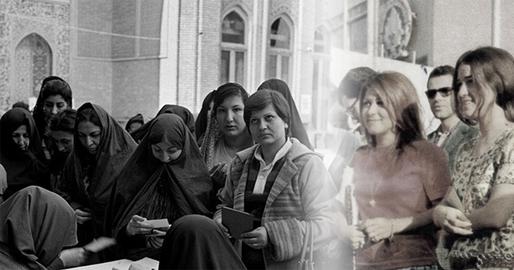

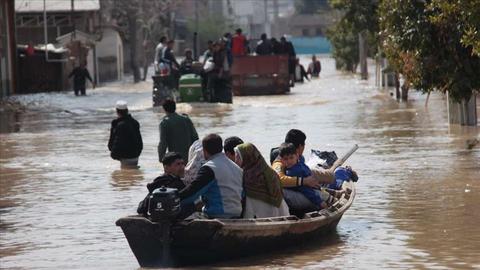
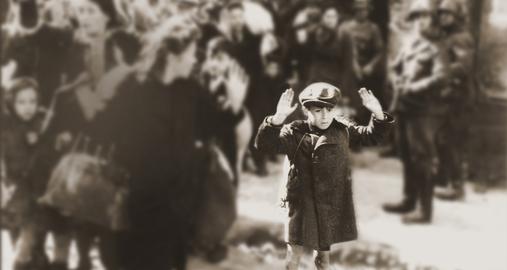
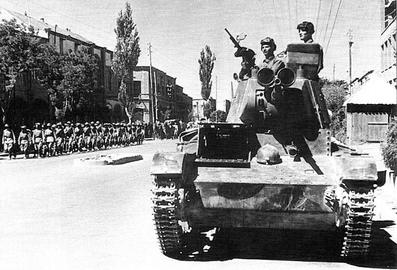
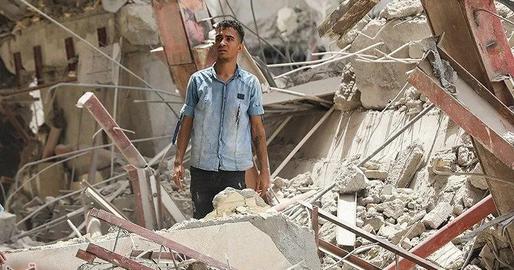






comments